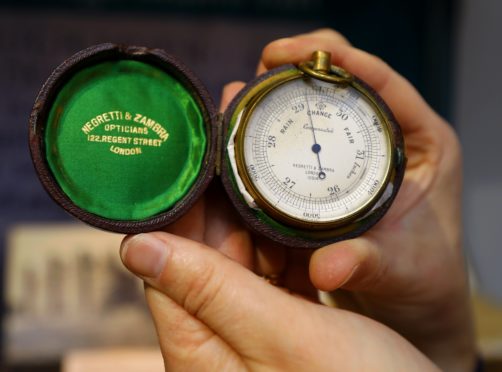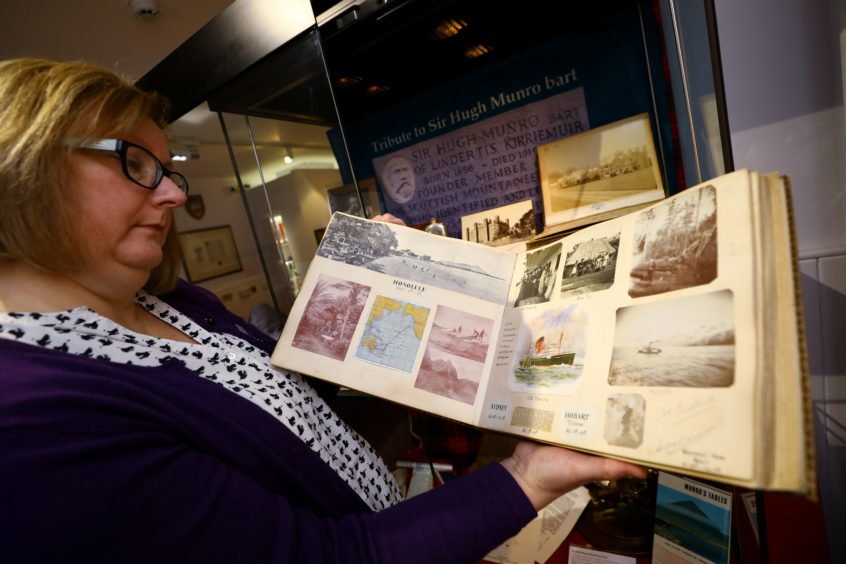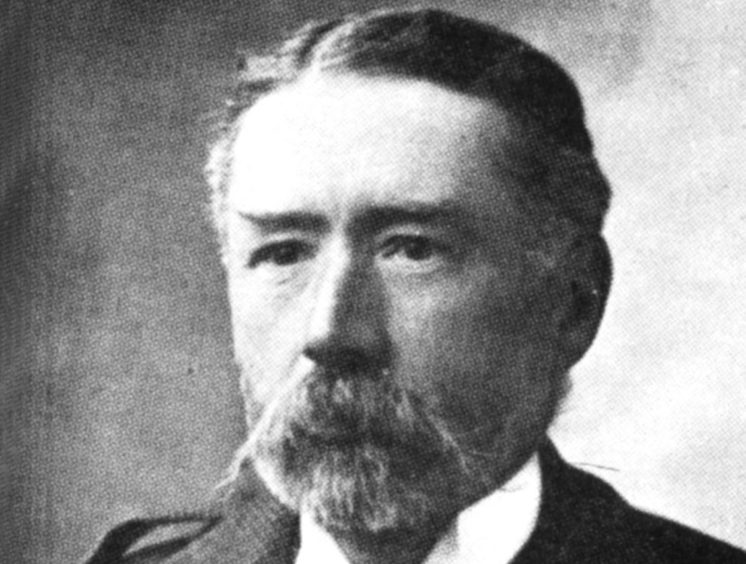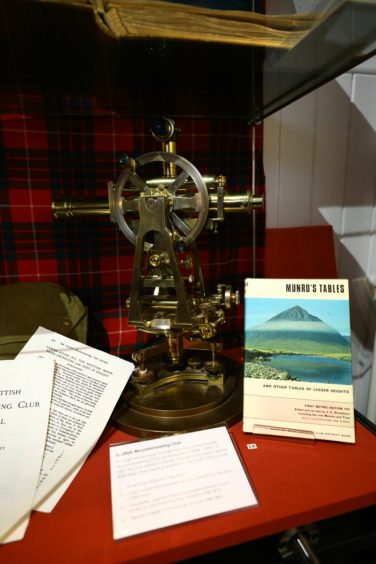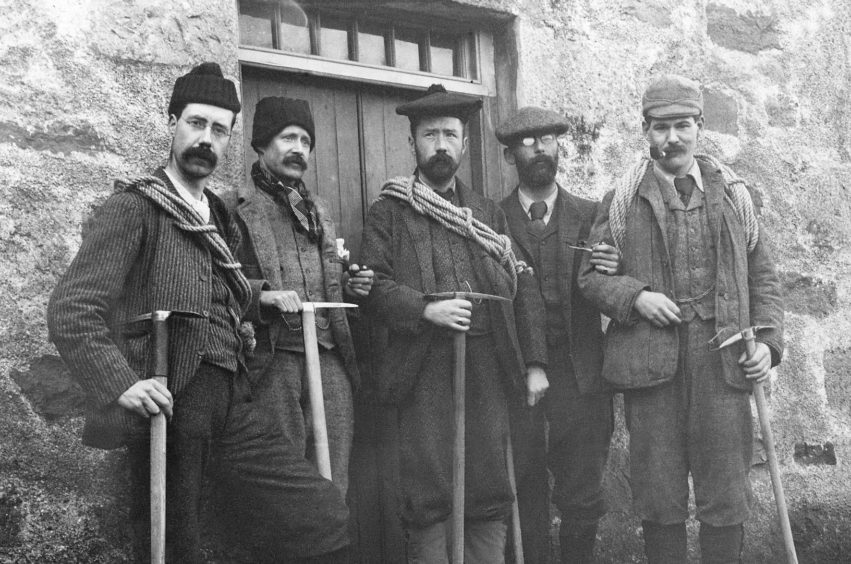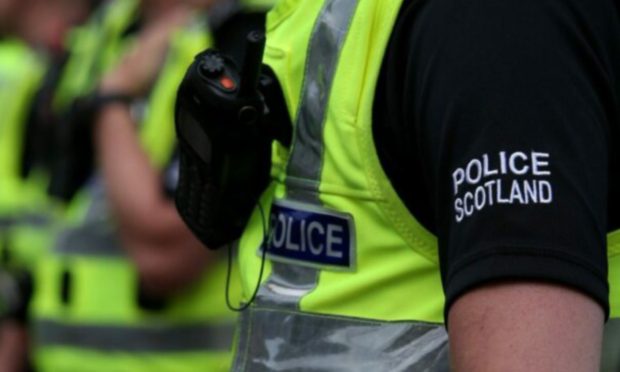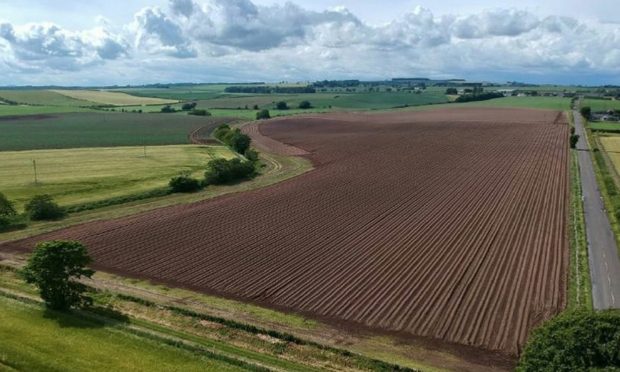As a son of Angus, he scaled heights countless outdoor enthusiasts have since followed in his name.
Sir Hugh Thomas Munro may have been born in London, but it was his upbringing on the Kirriemuir family estate in the shadow of the Angus glens which inspired his quest to chart Scotland’s mountains more than 3,000 feet tall – giving rise to the Munro-bagging challenge which has kept hillwalkers on their toes for generations.
On the centenary of Munro’s death, the Scottish Mountaineering Club founder is being celebrated with a special exhibition in Angus’ wee red toon, featuring never-before-seen family mementos and the barometer he carried with him on his adventures across the country’s peaks.
Munro was born in London in 1856, the eldest of nine children in a family which spent much of the year at their Lindertis estate on the outskirts of Kirrie.
Although the Angus glens were on his doorstep, it was a trip to Stuttgart to learn German and the sight of the Alps which sparked Munro’s lifelong love of mountains.
He spent time in South Africa, where he was private secretary to the Governor of Natal, before returning to Angus to manage the family estate, also involving himself in politics including a failed bid for a seat in parliament when he stood as a Conservative candidate in Fife.
Back in Scotland, Munro turned to the large-scale Ordnance Survey maps of the time and the vast knowledge gained from his own trips onto the hills to draw up a list of tops.
Munro’s original list of 3,000-foot peaks was published in 1891, in the sixth issue of the Scottish Mountaineering Club journal, and contained 255 mountains.
Criteria for inclusion and the exact number on the list – the commonly held view is there are 282 – has kept the minds and legs of hillwalkers exercised for the many decades since.
The Kirriemuir Gateway to the Glens museum display also includes photographs of the long-gone Lindertis House home of the Munro family, Sir Hugh being the 4th Baronet of the aristocratic line.
By just a few feet, Carn Aosda, in the heart of the Glenshee ski area, squeezed on to the first list – a chart topped by the 4,411-foot might of Britain’s highest mountain, Ben Nevis.
Ironically, the man responsible for charting Scotland’s Munros himself failed to tick off the full list, falling two short of the total at the time of his death in March 1919.
Gateway to the Glens museum officer Rachel Jackson said, “We feel privileged to have been loaned a number of photographs and objects by descendants of the Munro family for the display which illustrate Munro’s connection with Kirriemuir and the glens.
“Two photograph albums complied by Louise Olive Munro, Hugh’s sister, contain rare photographs of Lindertis House, which no longer stands, and Munro’s barometer has also been loaned for the display, containing a small handwritten note from his son, Sir Thomas Torquil Munro.”
To complement the display a number of events will take place next month including an illustrated talk on Sir Hugh Munro by Robin Campbell, the Scottish Mountaineering Club’s archivist and honorary president of the Munro Society, on Wednesday March 13. It will be followed by a fun family quiz, ‘Munro or No’, on Tuesday March 19.
Munro-baggers flock to Scotland’s great outdoors
Until Hugh Munro’s publication of his 1891 list, many within the Scottish mountaineering fraternity believed the number of Scottish tops over 3,000 feet was around 30, rather than the 250-plus he charted.
In nearly 130 intervening years, Munro-bagging has become a must-do for mountaineers, big business for Scotland’s tourism sector and an endurance challenge for the likes of fell runner Stephen Pyke who ticked off the entire tally of mountain tops in less than 40 days.
Sir Hugh’s travels were far from restricted to Scotland and as a King’s messenger he made trips to Europe, Asia, North America and Africa.
Born in 1856, he was too old at the age of 58 for military service during World War One, but volunteered for the Red Cross and cared for injured soldiers.
After a spell of illness, he rejoined the Red Cross to assist in the support of allied forces near the front line in France.
He died in March 1919, aged 63, during the post-war influenza pandemic.
Wee Red Toon’s impressive walk of fame
Munro is one of six famous Kirrie sons commemorated in the town’s walk of fame.
Located at Cumberland Close, close to the town centre, it features stone slabs carved by sculptor Bruce Walker honouring the achievements of a diverse range of local figures.
Town-born Peter Pan creator Sir J M Barrie will be the best known to many visitors, unless they belong to the hard rock era for whom the Angus town has become a place of pilgrimage, due to its association with AC/DC frontman Bon Scott.
Sir Charles Lyell of Kinnordy, whose work became the foundation stone of modern geology and was a friend and mentor to Charles Darwin, is also honoured.
So too are no fewer than three Kirriemuir Victoria Cross holders – Private Charles Melvin, Corporal Richard Burton and Captain Charles Lyell.
The final flagstone celebrates the contribution of the famous Cameron family to Scottish traditional music, a legacy which has added to the wee red toon’s reputation across the globe.
